 Tourism
Tourism
Hatta Village Dubai: A Journey Through Time
Discover the Hidden Gem of UAE's Mountain Heritage
The Enchanting Story of Hatta Heritage Village
Imagine driving through winding mountain roads, leaving behind Dubai's glittering skyscrapers for something far more precious – a village that has preserved the soul of the UAE for over three millennia. Hatta Heritage Village Dubai isn't just another tourist attraction; it's a portal to the past where every stone tells a story and every restored building whispers secrets of ancient Arabian life.
Located in the heart of the Al Hajar Mountains, this remarkable destination was once a thriving mountain settlement where Emirati families lived, worked, and built communities long before oil transformed the region. The village's strategic position near the Oman border made it a crucial waypoint for traders and travelers, contributing to its rich cultural tapestry that visitors can still experience today.
The transformation of Hatta Village from a forgotten mountain settlement to a world-class heritage destination began in 2001 when the Dubai Culture & Arts Authority undertook an ambitious restoration project. Every mud-brick wall, every palm frond roof, and every stone pathway was carefully reconstructed using traditional materials and ancient techniques, ensuring authenticity in every detail.
Architectural Marvels: Traditional Emirati Building Techniques
Walking through Hatta Heritage Village is like opening a masterclass in traditional Arabian architecture. The village showcases 30 meticulously restored buildings, each constructed using the same materials that mountain dwellers used centuries ago: mud, palm tree trunks and fronds (barasti), reeds, and local stone.
The Governor's House (Bait Al Wali)
The crown jewel of Hatta Village Dubai is undoubtedly the Governor's residence, known as "Bait Al Wali." This magnificent structure provides an intimate glimpse into the lifestyle of the village's most prominent family. As you walk through its rooms, you'll discover the master bedroom with its traditional sleeping arrangements, children's playrooms filled with period toys and games, and a kitchen where authentic Emirati meals were prepared using clay ovens and traditional cooking methods.
The house's central courtyard served as the heart of family life, where generations gathered for meals, celebrations, and storytelling sessions under the desert stars. The majlis (reception area) demonstrates the Emirati tradition of hospitality, with low seating arrangements and coffee-serving areas that welcomed travelers and conducted important village business.
Defensive Structures: Guardians of the Mountains
The village's strategic importance is evident in its impressive defensive architecture. Two imposing watchtowers, standing sentinel over the settlement, offer visitors a chance to climb to elevated positions and enjoy panoramic views of the Hajar Mountains. The northern and southern towers feature doors positioned 2.5 meters above ground level, accessible only by rope – a clever security measure that protected guards from surprise attacks.
The 19th-century fort, dating back to 1880, represents the architectural pinnacle of mountain defense. Built from locally quarried stone and reinforced with traditional mortar, the fort's thick walls and narrow windows were designed to withstand prolonged sieges while providing clear sightlines across the surrounding valleys.
Visiting Hours & Entry Information
Operating Hours:
Saturday - Thursday: 7:30 AM - 8:30 PM
Friday: 2:30 PM - 8:30 PM
Entry Fee: FREE admission
Location: Hatta, Dubai (156 kilometers from Dubai city center)
Cultural Treasures: Museums and Exhibitions
The museum within Hatta Heritage Village Dubai houses an extraordinary collection of artifacts that bring the mountain village's history to life. Traditional Emirati clothing, including intricately embroidered women's dresses and men's formal robes, showcases the sophisticated textile arts of the region. Ancient jewelry made from silver and precious stones reflects the trading connections that linked Hatta to distant markets across the Arabian Peninsula and beyond.
Life-sized dioramas featuring realistic figurines demonstrate traditional occupations: blacksmiths working at their forges, fishermen preparing their nets, and date farmers tending to their precious palm groves. These displays help visitors understand how the mountain community sustained itself through a combination of agriculture, trade, and craftsmanship.
The Falaj Irrigation System
Perhaps the most ingenious aspect of Hatta Village is its ancient falaj irrigation system, a testament to the engineering brilliance of early Arabian settlers. This network of underground channels transported fresh mountain water directly to the village and surrounding date farms, supporting life in an otherwise arid landscape.
Visitors can walk along sections of the falaj system, observing how carefully constructed stone channels directed precious water to different areas of the settlement. The system, dating back to the 1800s, continues to function today, demonstrating the sustainability principles that modern environmentalists are only now beginning to appreciate.
Adventure Awaits: Outdoor Activities Around Hatta Village
While Hatta Heritage Village offers incredible cultural experiences, the surrounding region has evolved into one of the UAE's premier outdoor adventure destinations. The contrast between ancient heritage and modern recreational facilities creates a unique travel experience that appeals to history buffs and adrenaline seekers alike.
Hatta Dam: Turquoise Waters in the Desert
Just minutes from Hatta Village Dubai, the stunning Hatta Dam presents one of the most photographed landscapes in the UAE. The reservoir's brilliant turquoise waters, framed by the rugged peaks of the Hajar Mountains, create a surreal oasis effect that seems almost impossible in the desert climate.
Kayaking on Hatta Dam has become increasingly popular, offering visitors a chance to paddle through crystal-clear waters while enjoying unobstructed mountain views. The rental facilities provide everything needed for a safe and enjoyable water sports experience, including life jackets, paddles, and safety briefings.
Mountain Biking Trails: Challenging Terrain for All Levels
The Hatta Mountain Bike Trail Centre has revolutionized outdoor recreation in the region, offering 52 kilometers of professionally designed trails that cater to every skill level. The trail system includes gentle green routes perfect for families and beginners, challenging blue trails for intermediate riders, and extreme black diamond routes that test even experienced mountain bikers.
The bike center provides high-quality rental equipment, including modern mountain bikes, protective gear, and trail maps. Professional guides are available for those who prefer guided experiences, sharing local knowledge about the terrain, wildlife, and geological features encountered along the routes.
Hiking Adventures: Exploring the Hajar Mountains
Hiking enthusiasts will find Hatta irresistible, with 32.6 kilometers of marked trails spread across five different routes. The trails range from easy walks suitable for children to challenging mountain ascents that reward hikers with spectacular summit views.
The most popular hiking destination is the famous Hatta Sign, positioned strategically on a mountain peak to provide Instagram-worthy photos against the backdrop of the entire valley. The one-hour ascent offers multiple viewpoints and photo opportunities, making it perfect for both casual walkers and serious photographers.
- Always inform someone about your hiking plans
- Carry plenty of water and wear sun protection
- Start early to avoid midday heat
- Wear appropriate hiking footwear
- Follow marked trails and respect wildlife
Best Times to Visit Hatta Heritage Village Dubai
Timing your visit to Hatta Heritage Village Dubai can dramatically impact your experience. The mountain location provides significantly cooler temperatures than Dubai city, but seasonal variations still affect comfort levels and activity options.
Winter Season (November - March): Peak Visiting Time
Winter months offer the most comfortable weather for exploring Hatta Village and participating in outdoor activities. Daytime temperatures typically range from 20-25°C (68-77°F), perfect for hiking, biking, and extensive heritage site exploration. Clear skies and minimal rainfall create ideal conditions for photography and outdoor dining.
This peak season also coincides with various cultural events and festivals held at the heritage village, including traditional craft demonstrations, Emirati music performances, and seasonal celebrations that provide deeper cultural immersion.
Spring and Autumn (April-May, October): Comfortable Exploration
These shoulder seasons offer excellent visiting conditions with moderate temperatures and fewer crowds. Early morning and late afternoon activities are particularly pleasant, allowing visitors to experience both the heritage village and outdoor adventures without the intensity of peak summer heat.
Summer Considerations (June-September)
While summer visits to Hatta Heritage Village Dubai are possible, early morning arrivals (before 9 AM) are essential for comfortable exploration. The heritage village's traditional architecture provides some natural cooling, and indoor museum areas offer air-conditioned respite from the heat.
Culinary Experiences: Traditional Emirati Flavors
No visit to Hatta Village is complete without experiencing authentic Emirati cuisine. Several restaurants in the area specialize in traditional mountain cooking, utilizing recipes passed down through generations of Hatta families.
The Tanoor Restaurant, located near the heritage village, serves exceptional specialties featuring locally sourced ingredients. Their camel, lamb, and chicken dishes are prepared using traditional clay ovens (tanoor) that impart distinctive smoky flavors impossible to replicate with modern cooking methods.
Food trucks stationed around the Hatta Heritage Village area offer convenient dining options for visitors planning full-day adventures. Sedr Bites, Damani Bites, and Adrina provide everything from traditional wraps and sandwiches to hot beverages and local sweets, perfect for sustaining energy during hiking or biking excursions.
Getting to Hatta Heritage Village Dubai
By Car: 90-minute drive from Dubai via Sharjah-Kalba Road
By Public Transport: Bus routes 21, 29, 8, and 93 (approximately 4 hours)
By Tour: Numerous guided tour options available from Dubai hotels
Important: Bring passport/ID as you'll cross near the Oman border
Shopping and Souvenirs: Taking Hatta Home
The Hatta Wadi Shop and various heritage collection stores throughout the village offer unique souvenirs that reflect the authentic culture of the region. Traditional handicrafts created by local artisans include hand-woven textiles, carved wooden items, and pottery made using ancient techniques.
Local food products make excellent gifts and personal mementos. Hatta honey, produced by the region's bee farms using traditional methods, represents some of the finest honey in the UAE. Dates from the village's historic palm groves, various spices, and traditional coffee blends allow visitors to recreate Emirati flavors at home.
Photography Tips: Capturing Hatta's Beauty
Photographers visiting Hatta Heritage Village Dubai will find endless opportunities for stunning shots. The contrast between traditional architecture and dramatic mountain backdrops creates compelling compositions throughout the day.
Early morning golden hour (30 minutes after sunrise) provides warm, soft lighting that enhances the earth-tone colors of traditional buildings. The evening golden hour offers spectacular opportunities for silhouette photography against the Hajar Mountains. Clear mountain air ensures excellent visibility for landscape photography, while the village's authentic details provide countless macro photography subjects.
Planning Your Perfect Hatta Heritage Village Experience
A typical visit to Hatta Heritage Village requires 1.5-2 hours for thorough exploration, but combining heritage tourism with outdoor activities can easily fill an entire day or weekend. Many visitors create multi-day itineraries that include heritage exploration, adventure activities, mountain dining, and even camping under the desert stars.
For families with children, the heritage village offers educational value alongside entertainment. Interactive displays, spacious walkways, and clean facilities make it suitable for visitors of all ages. The nearby Hatta Hill Park provides additional family-friendly activities, including playgrounds and picnic areas with stunning mountain views.
Adventure enthusiasts often use Hatta Village Dubai as a base for multi-activity experiences. Morning heritage exploration can be followed by afternoon kayaking, mountain biking, or hiking, creating memorable days that combine cultural education with physical adventure.
Conservation and Sustainability: Preserving Heritage for Future Generations
The Dubai Culture & Arts Authority's commitment to preserving Hatta Heritage Village extends beyond simple tourism development. Ongoing conservation efforts ensure that traditional building techniques continue to be practiced and that authentic materials are sourced responsibly.
Educational programs teach young Emiratis about their cultural heritage while training craftspeople in traditional building and restoration techniques. These initiatives ensure that the knowledge and skills demonstrated at the heritage village remain alive and continue to influence contemporary UAE culture.
Environmental sustainability practices protect the fragile mountain ecosystem while accommodating increasing tourism. Designated trails minimize environmental impact, waste management systems maintain the area's pristine condition, and water conservation efforts protect precious mountain resources.
Beyond the Village: Exploring Greater Hatta Region
While Hatta Heritage Village serves as the cultural centerpiece of the region, the broader Hatta area offers additional attractions that complement the heritage experience. The Hatta Honey Bee Garden provides fascinating insights into traditional and modern beekeeping practices, while educational workshops teach visitors about the crucial role of bees in desert ecosystems.
The Hatta Archaeological Landscape, recently nominated for UNESCO World Heritage status, contains numerous sites dating from the Bronze Age through the Islamic period. These archaeological treasures provide evidence of continuous human habitation and demonstrate the region's historical significance far beyond its current tourism appeal.
Rock art sites throughout the mountains display ancient petroglyphs and inscriptions that predate written history. These artistic expressions provide insights into the beliefs, practices, and daily life of the region's earliest inhabitants, creating connections between contemporary visitors and ancient mountain dwellers.
Ready to Experience Hatta Heritage Village Dubai?
Have you visited Hatta Village or are you planning your first trip to this incredible heritage destination? Share your experiences, tips, and photos in the comments below! Your insights help fellow travelers discover the magic of traditional Emirati culture nestled in the breathtaking Hajar Mountains.
For more information about Hatta Heritage Village Dubai and to plan your visit, check out the official Visit Dubai website for the latest updates on activities, events, and travel recommendations.
Discover the timeless beauty of Hatta Heritage Village Dubai – where ancient traditions meet modern adventure in one of the UAE's most captivating destinations. Plan your journey to this mountain oasis and experience the authentic heart of Emirati culture.
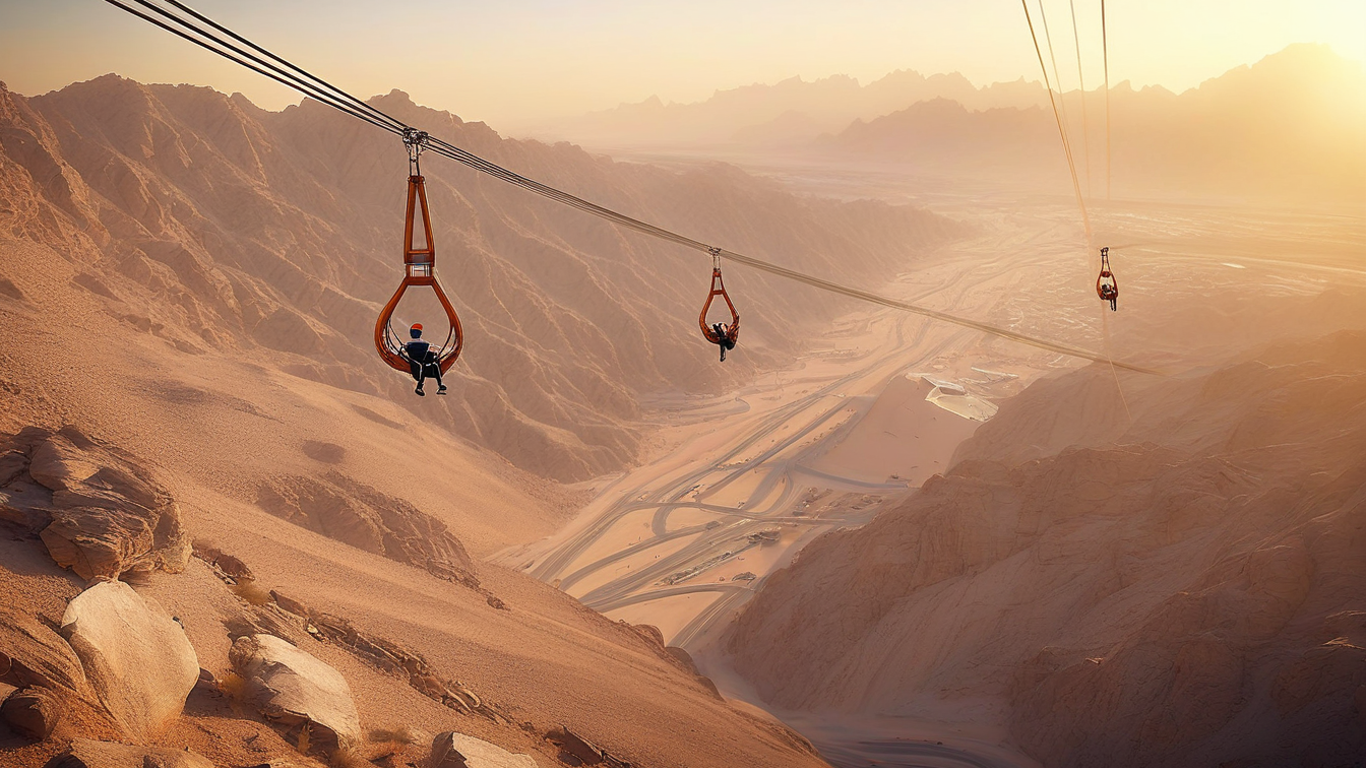
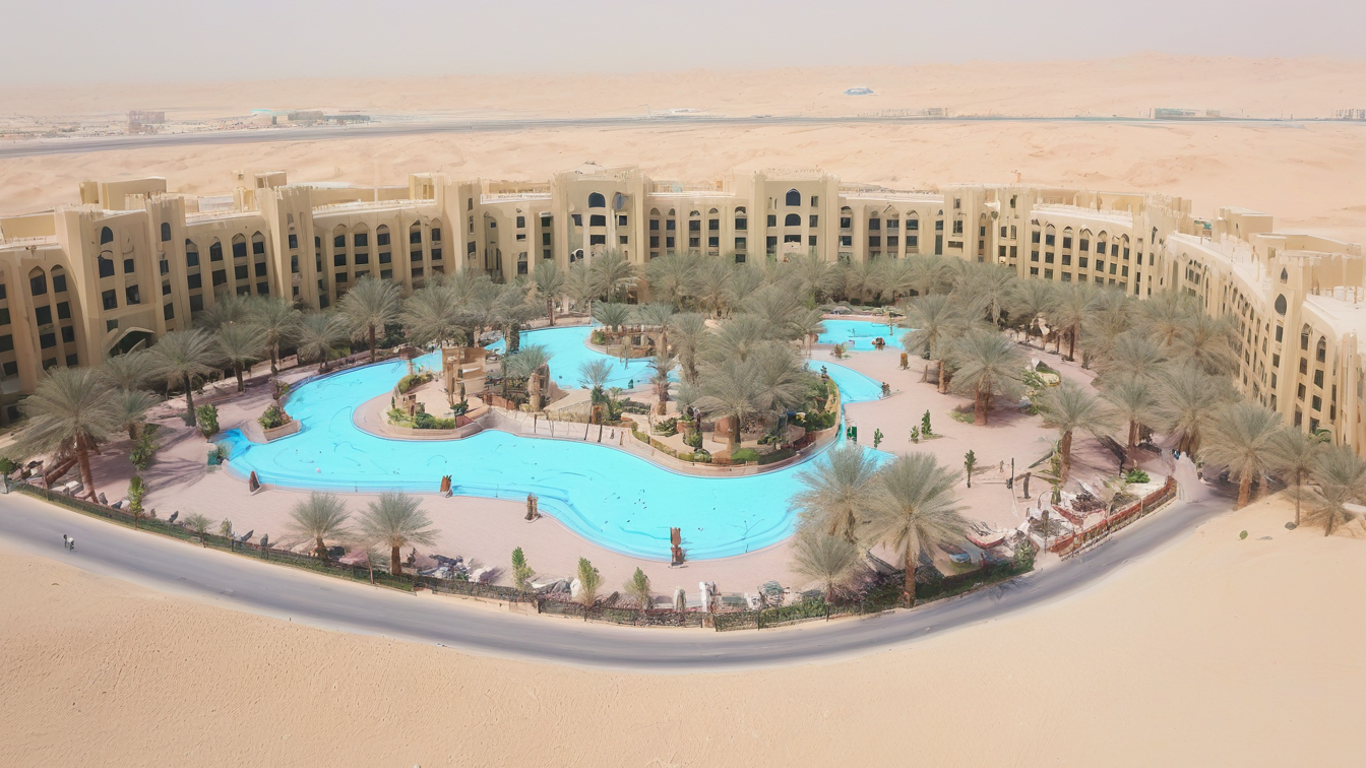
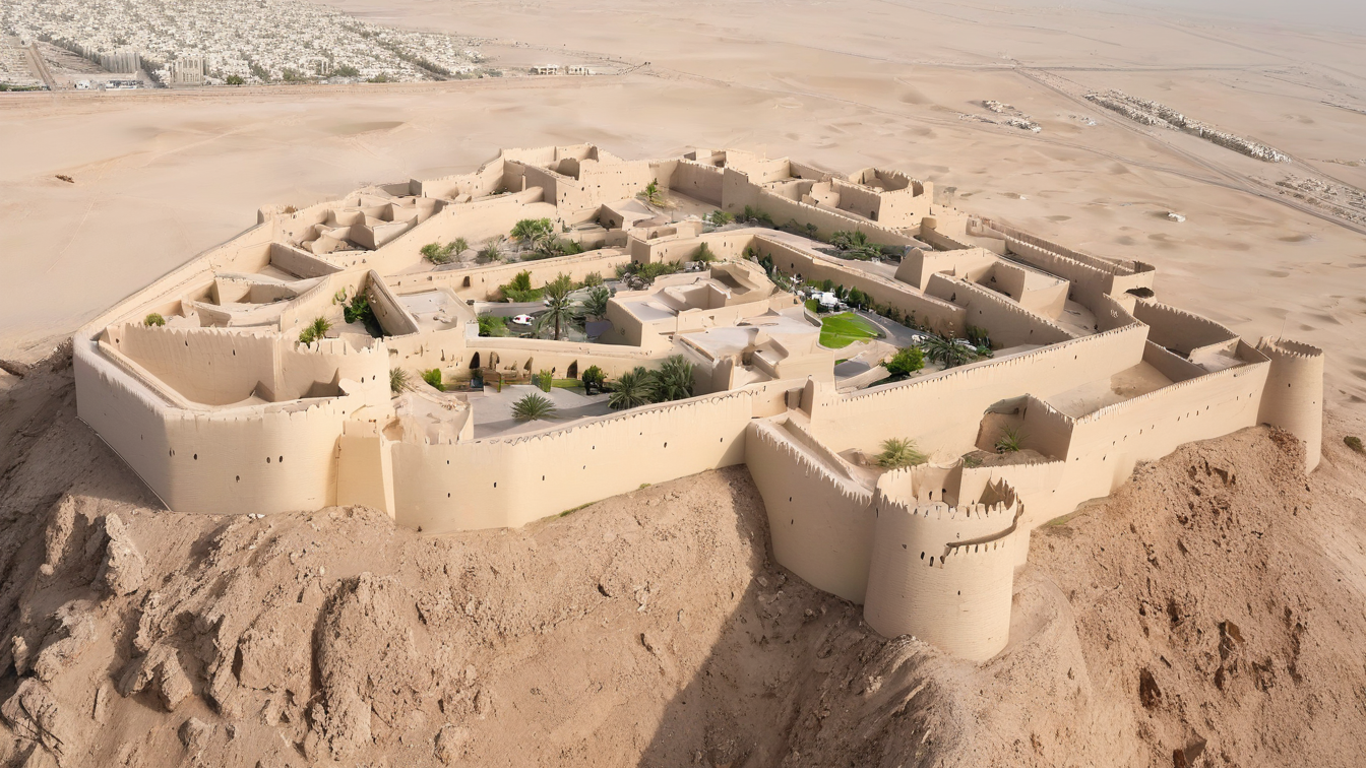
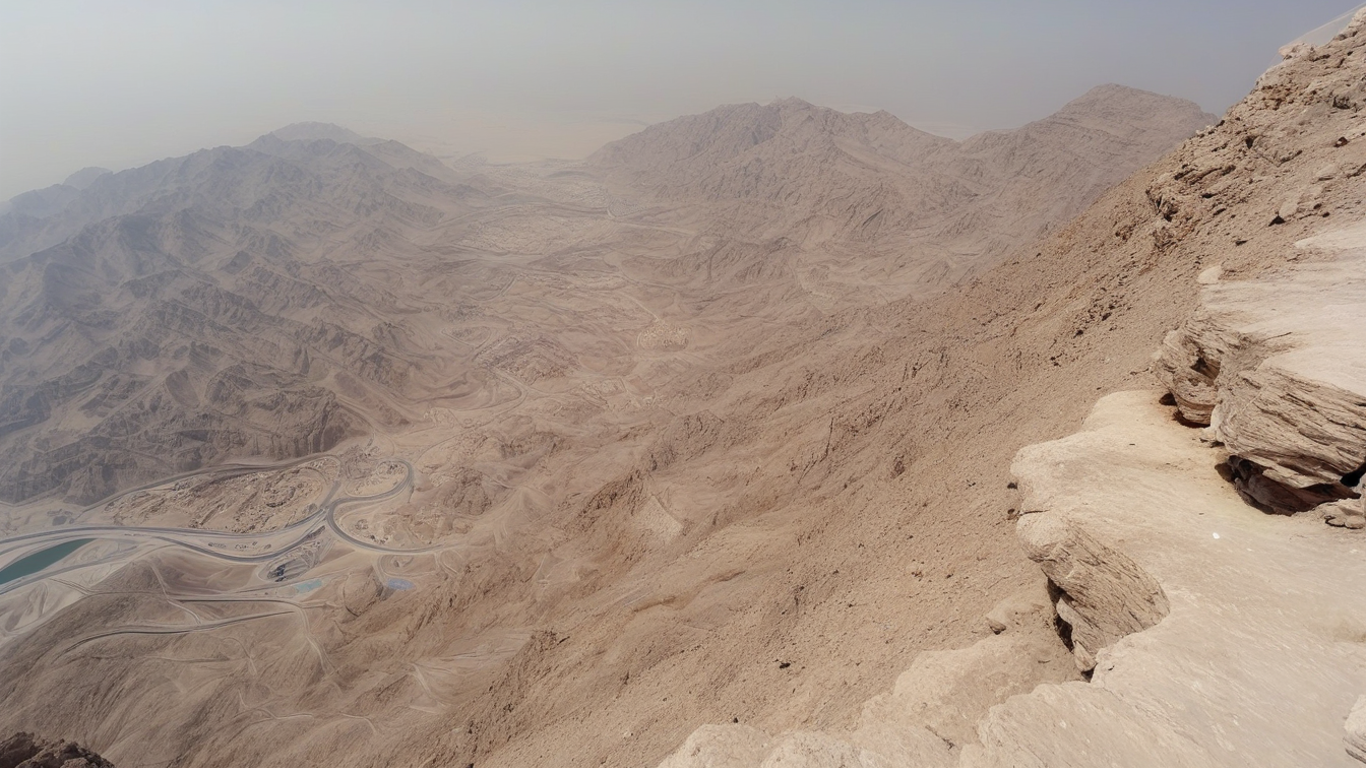
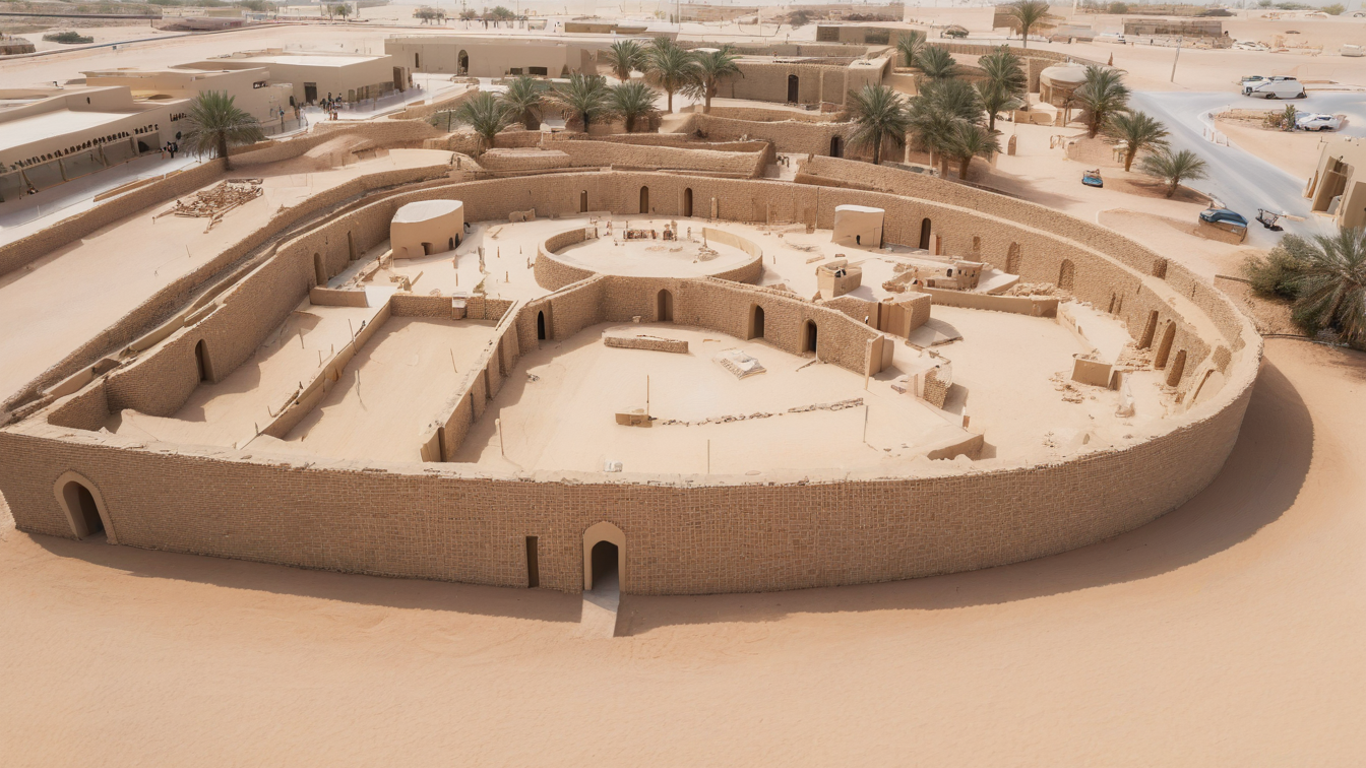
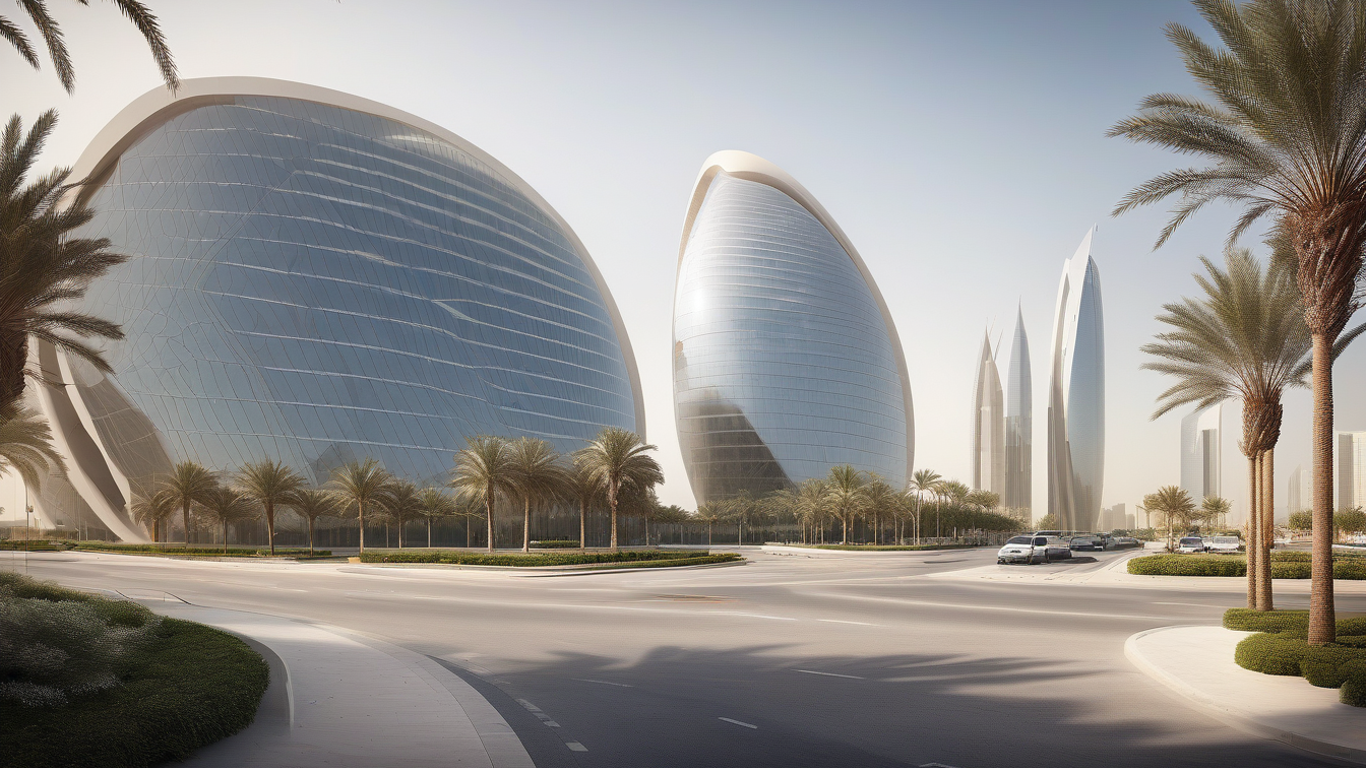
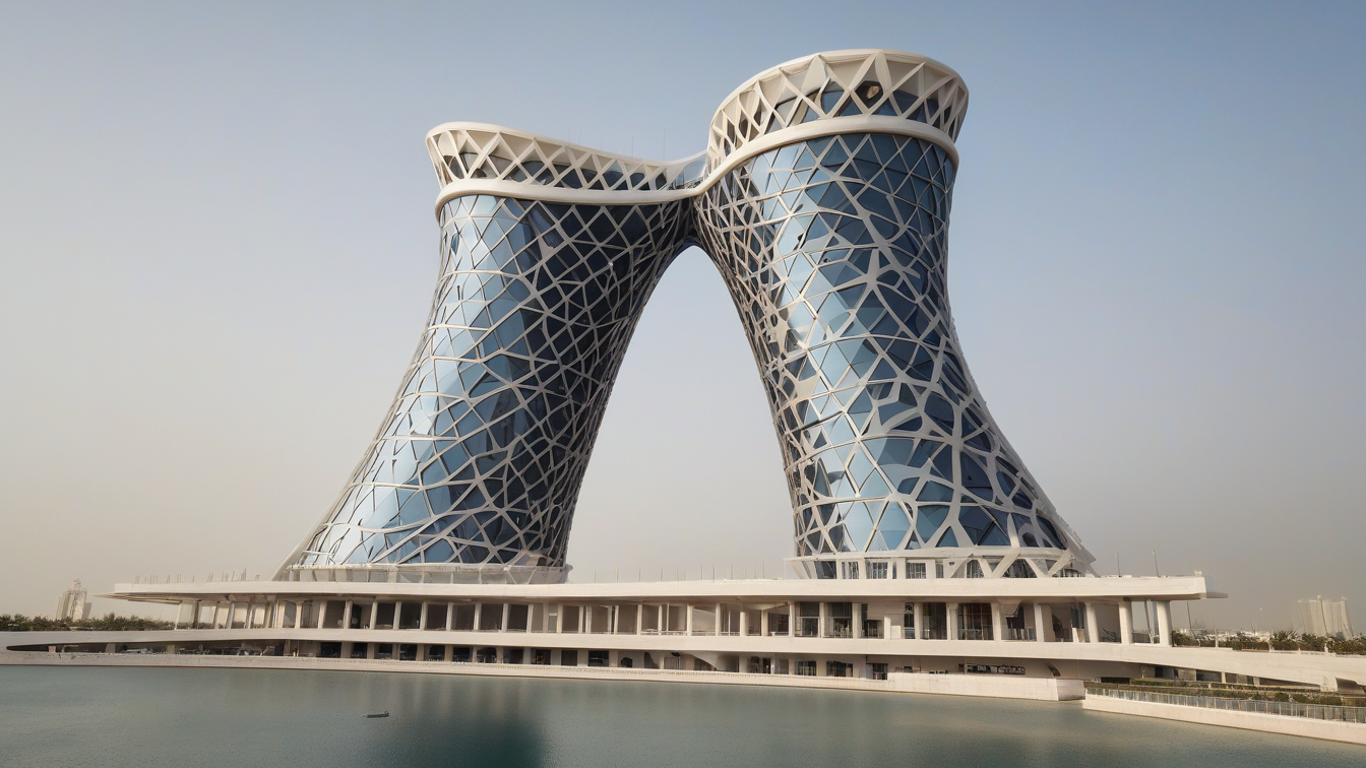
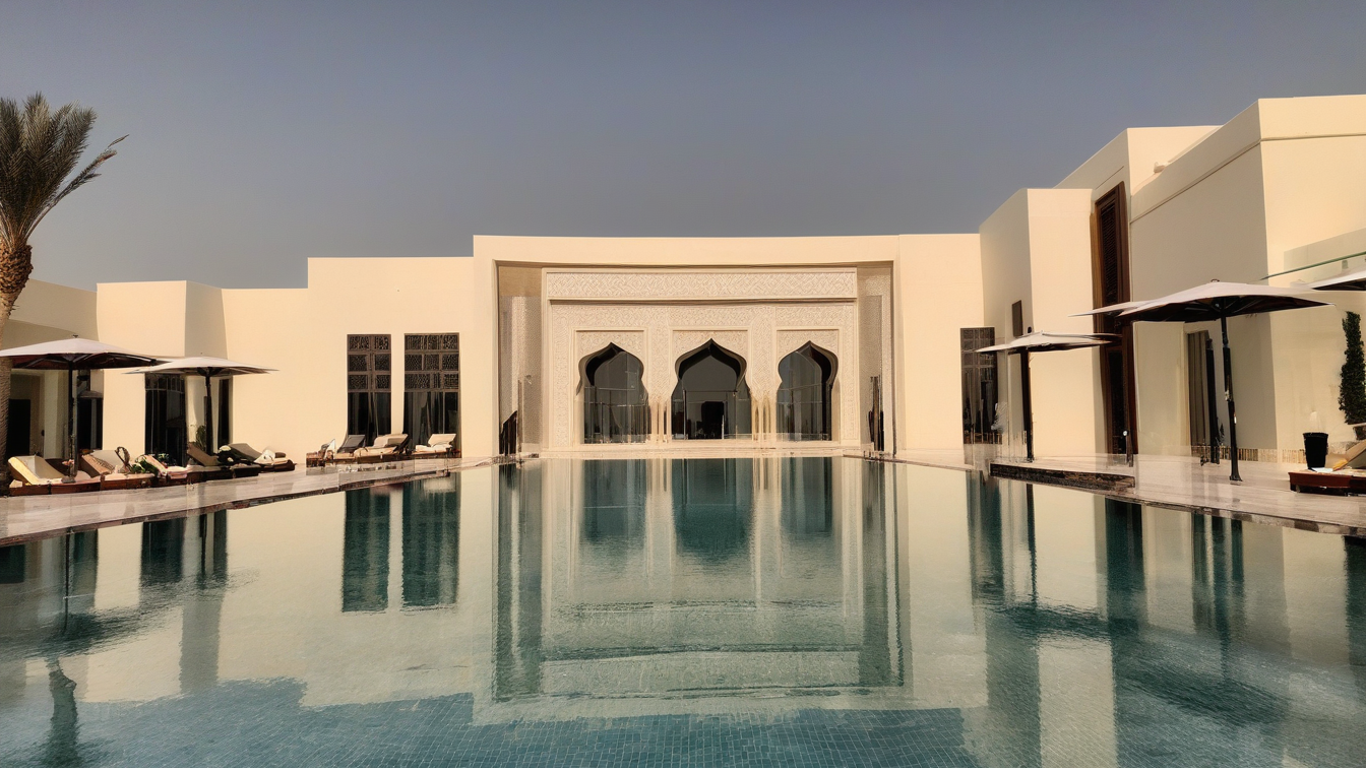
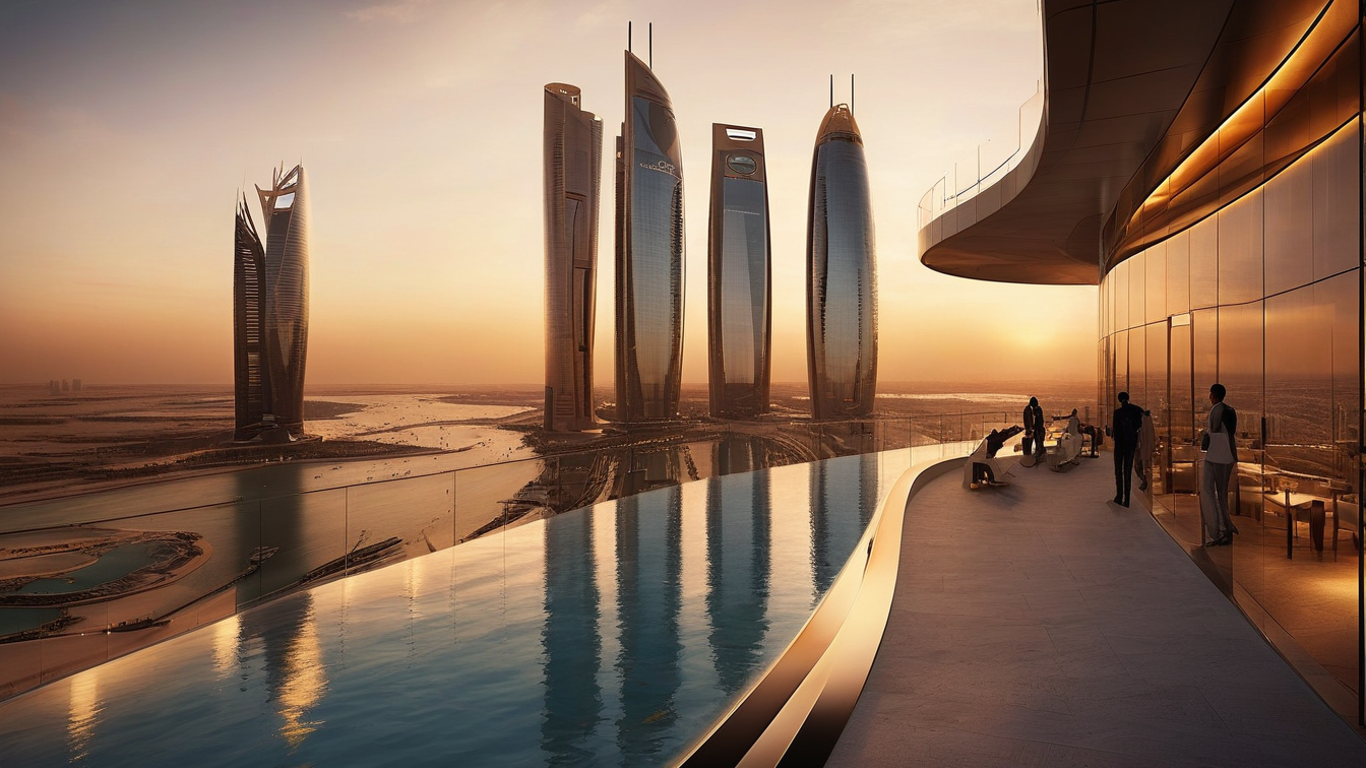
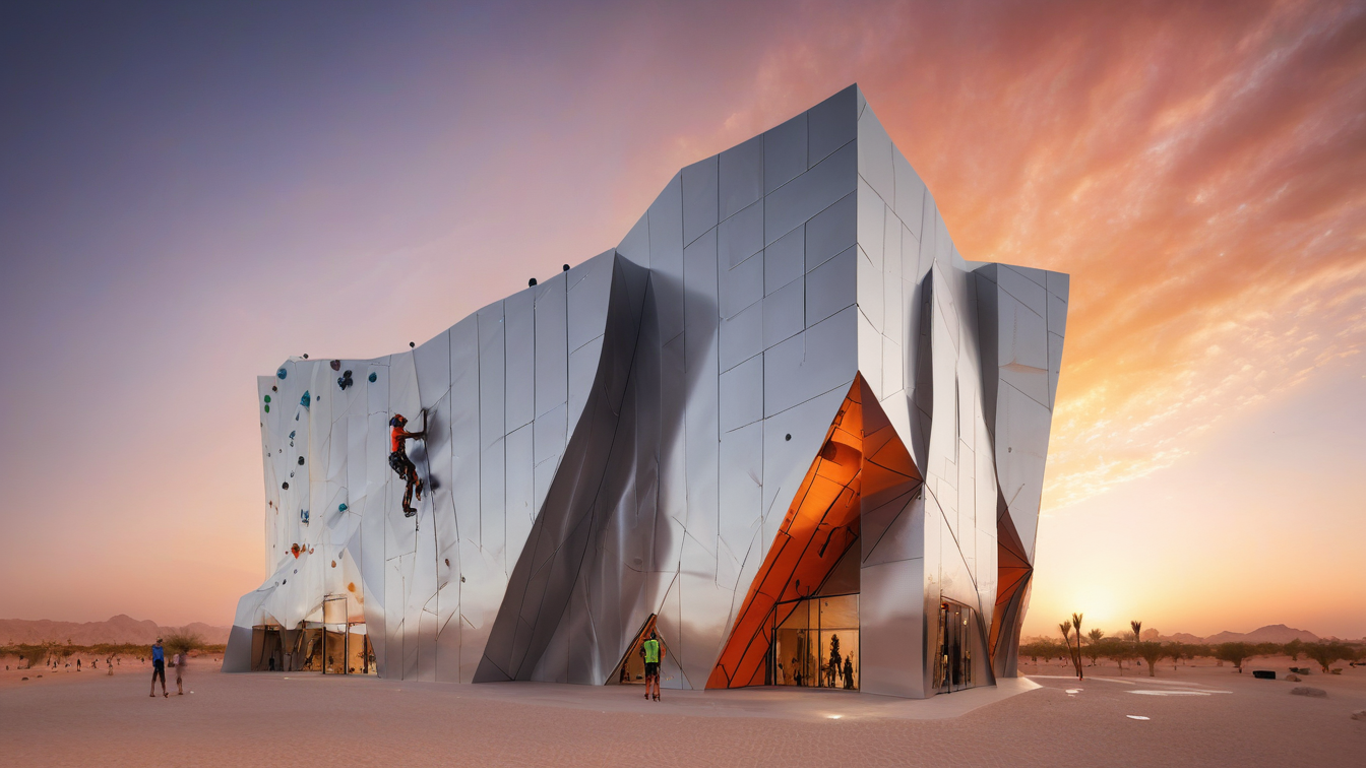



Comments (0)
{{ obj.comment_user_info.fullname }}
{{ obj.date_formatted }}{{ expandedComments[index] ? obj.comment : obj.comment.slice(0, 50) + (obj.comment.length > 50 ? '...' : '') }}
Add Comments
Login to comment